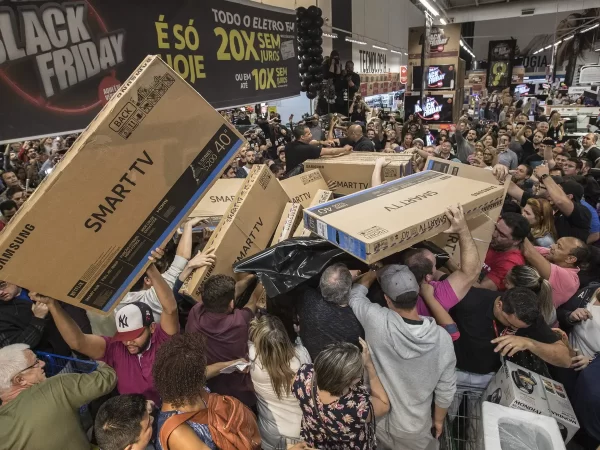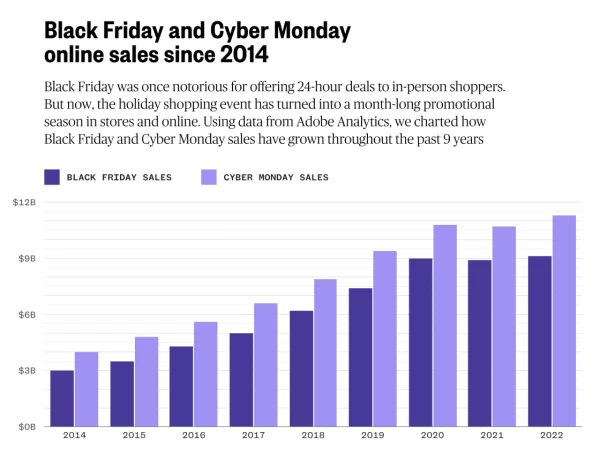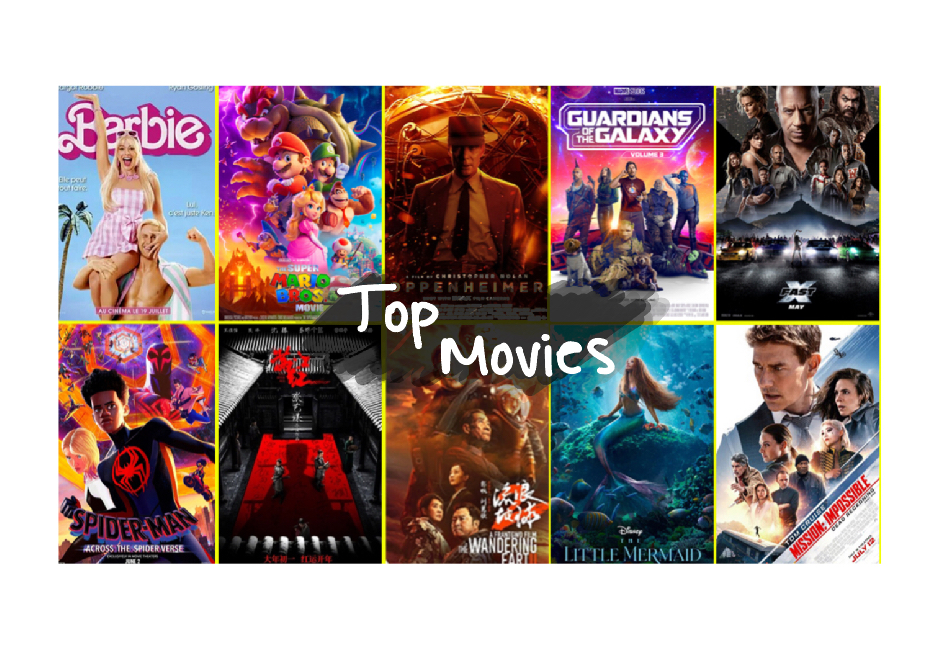In 1950, the term “Black Friday” was first used by police in Philadelphia to describe the increase of people in the city who were shopping the day after Thanksgiving. Over time, the day became more popular, and stores began to offer discounts to people eager to prep for the upcoming Christmas season. Soon, stores were filled to the brim with shoppers fighting over the last toy, and lines formed as early as two in the morning to anticipate the shopping spree.

The rise of the technological era has brought about a surge in online shopping, allowing people to make purchases from the comfort of their beds. Soon, Cyber Monday (the Monday after Thanksgiving) was launched as a competitor to Black Friday. With deals that people did not have to wait hours in line for and higher quantities of supplies, it quickly gained popularity. Online shopping platforms, like Amazon, helped the day gain success by promoting all-time low prices and exclusive holiday products.
View this post on Instagram
Black Friday, of course, had to bounce back and protect its crown as the supreme day to shop for Christmas gifts. Most stores with Black Friday deals promoted these same items at low prices on their websites. These stores found success, as every year since 2019, Black Friday has been the highest-traffic day for online shoppers, surpassing Cyber Monday. Still, research has found that Americans spend more on Cyber Monday than on Black Friday.

While many attribute this uptake in online shopping to the COVID-19 pandemic, it is clear that this new use of technology gained popularity long before then. Still, online sales have certainly seen a boost in the pandemic years and subsequently.
Last year just on Black Friday, more than $9 billion was spent online. In all, CNET says about $74 billion worth of packages are going to end up on doorsteps the rest of this year. https://t.co/PQYc0dvbgC
— WTOP (@WTOP) November 16, 2023
This new wave of online shopping, both in general and from deal days like Black Friday and Cyber money, reflects the growing cultural trend of technology penetrating all aspects of life, reducing the need for in-person experiences like shopping.








